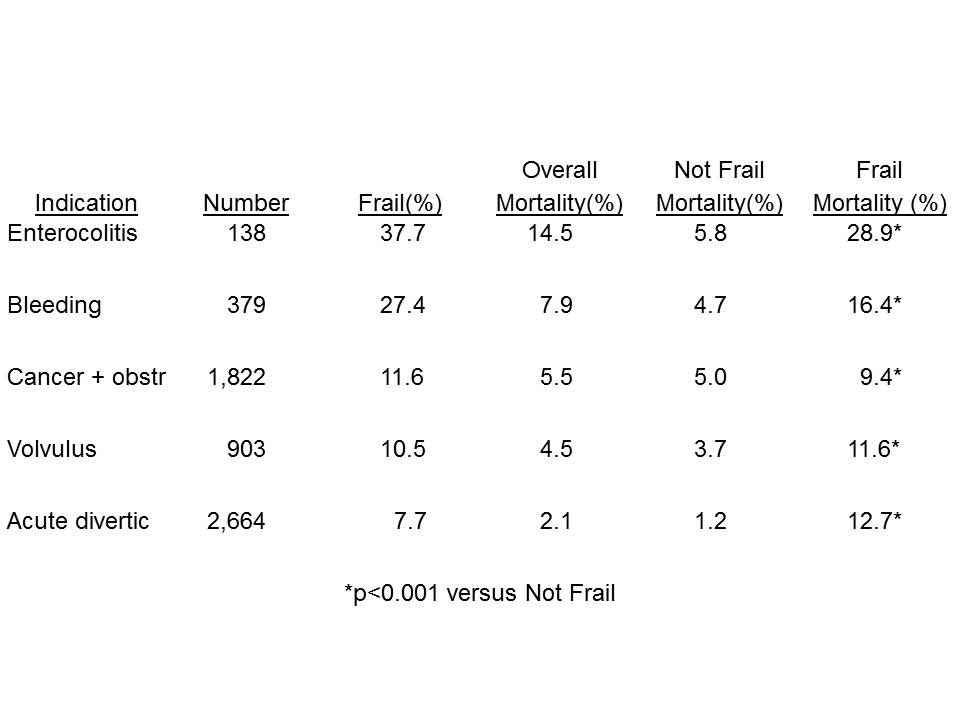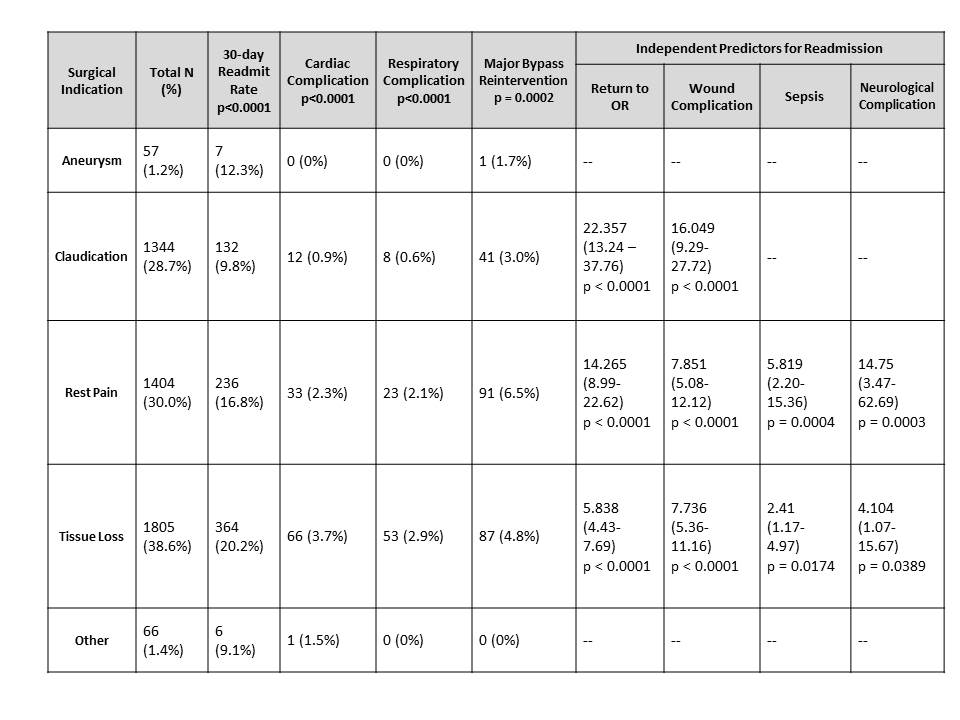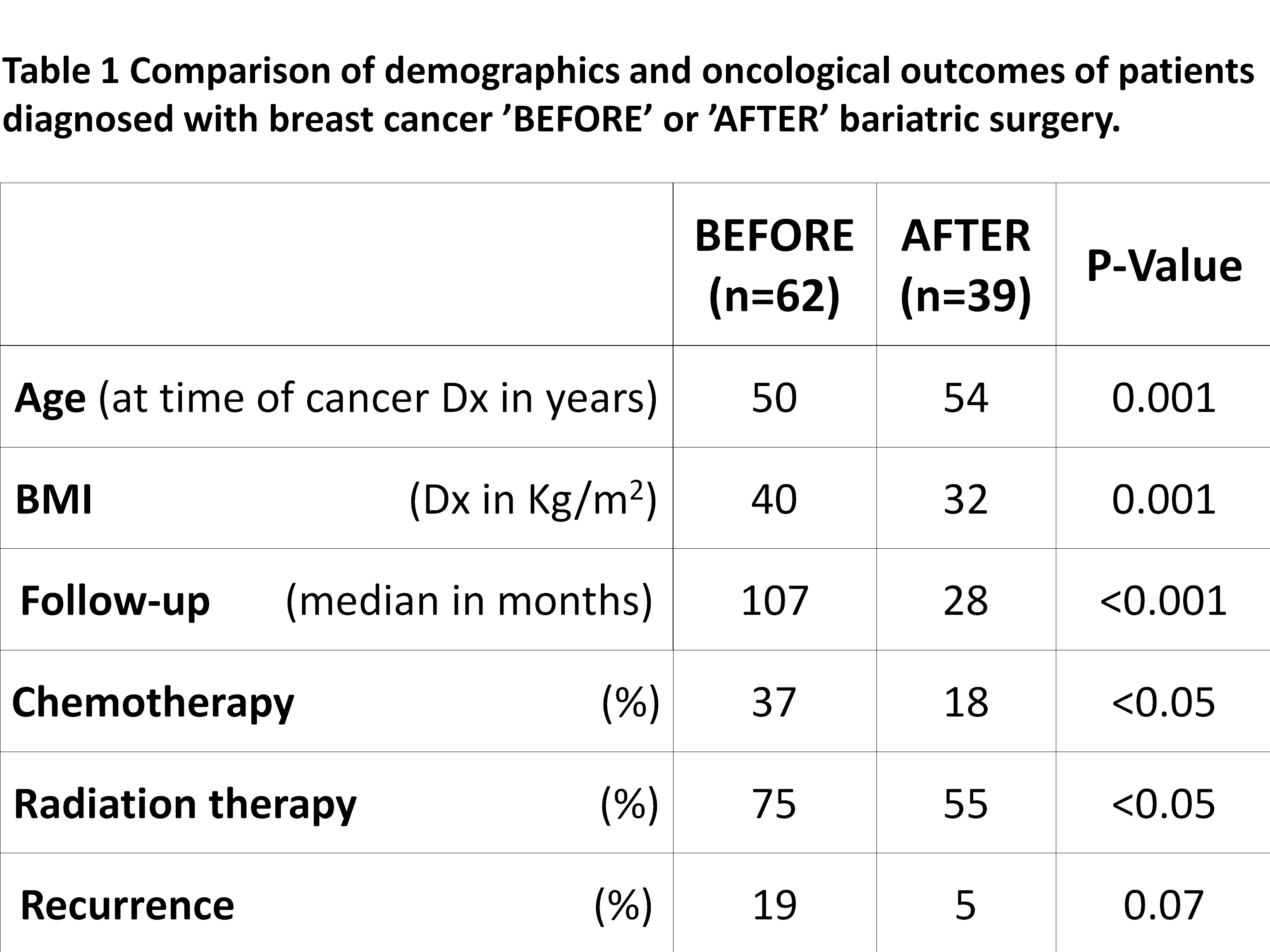J. C. Chen1, E. Finlayson2, K. F. Rhoads1 1Stanford University,Surgery,Palo Alto, CA, USA 2University Of California – San Francisco,Surgery,San Francisco, CA, USA
Introduction: Soft tissue infections (STI) are common and may require extensive surgical debridement and critical care management. Inter-hospital transfer may occur due to perceived need for higher level of care for these patients. In trauma, cardiology and stroke care, inter-hospital transfers have demonstrated benefit; however, the role of transfers in STI outcomes is unclear. The purpose of the current study is to determine whether transferring patients with STI is associated with differences in care or outcomes.
Methods: Patients with STI were identified by ICD9 codes in the 2011 California patient discharge database. Transfers between facilities were identified using a unique record linkage number for each patient. Retrospective analysis compared length of stay (LOS), rate of surgical intervention, ICU admission, sepsis and death between transferred and non-transferred patients.
Results: There were 39,820 patients identified with STI. Approximately 8% (3,311) were transferred from the original presenting facility and admitted to a different hospital. Patients who were transferred were younger than non-transferred patients (52.9 +/- 22.8 years vs. 55.2 +/- 20.9, p<0.0001). Patients with ‘other’ insurance, including Indian Health Service and Tri-Care military insurance, were transferred at the highest rates (13.4%). About 9% of patients with public insurance (Medicare and Medicaid) were transferred. The lowest transfer rate was for patients with no insurance (3.3%). There was a lower rate of surgical intervention among transferred patients (22.5%) versus non-transferred patients (26%; p<0.0001). Transferred patients had longer median LOS (4 vs. 3 days, p<0.0001), but there were no differences in ICU care (0.33% vs. 0.53%, p=0.13), sepsis (0.45% vs. 0.67%, p=0.14), or inpatient death (0.42% vs. 0.33%, p=0.35).
Conclusion: Inter-hospital transfers are expensive and in the management of STI they are not associated with any clinical advantage in care or mortality. Early initiation of antibiotics at the presenting hospital might achieve similar outcomes with lower resource utilization.




